Some species aren’t just endangered—they’re vanishing right before our eyes, and faster than anyone expected.
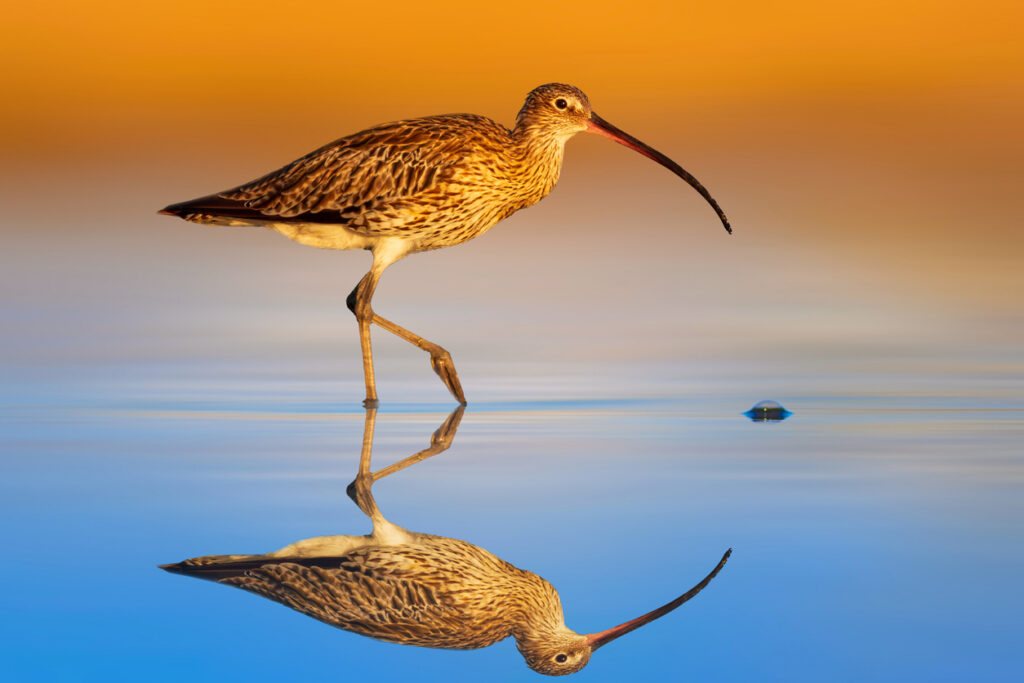
Whether due to overhunting, habitat loss, or climate change, too many animals are vanishing in alarming numbers. From overlooked insects to iconic mammals, these creatures are sliding toward extinction in ways that feel heartbreakingly sudden and avoidable.
1. Northern Bald Ibis
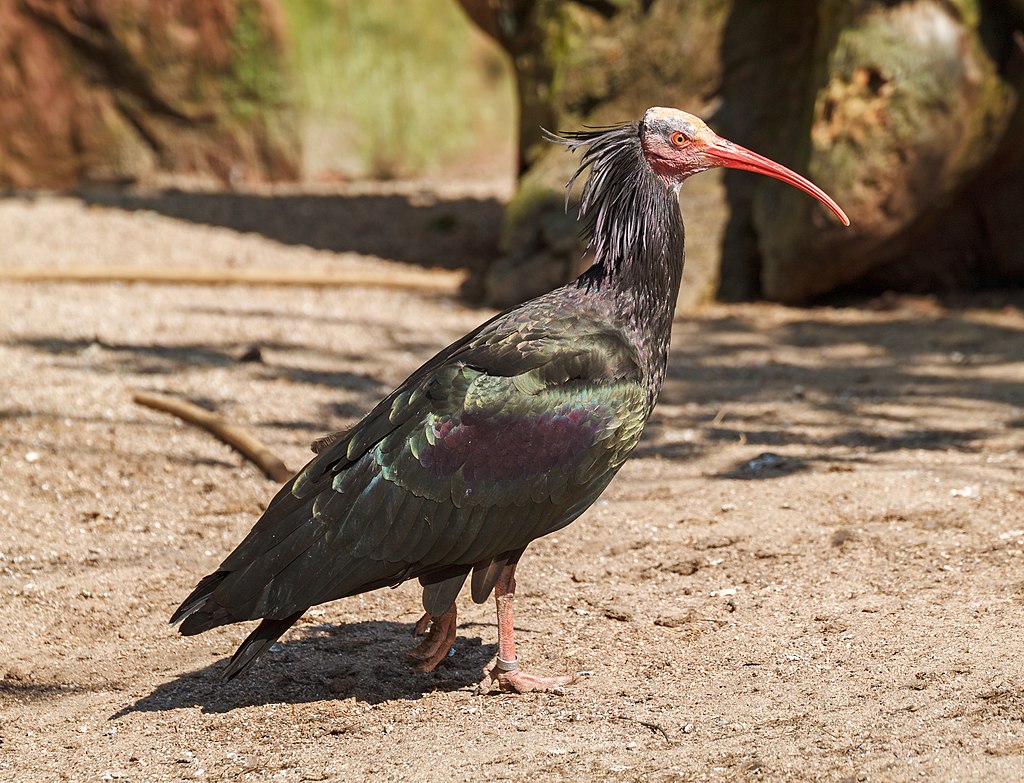
With its featherless red head and mohawk-style plumage, this bird looks like it’s been plucked from another century, which is fitting because it’s barely made it into this one. Once found across Europe, it’s now mostly vanished from the wild, surviving thanks to captive breeding and carefully managed reintroductions. But its free-flying days are hanging by a thread.
2. Axolotl

This aquatic salamander, famous for its wide grin and ability to regrow limbs, is all but extinct in the wild. Native to lakes around Mexico City, its habitat has been swallowed by urban sprawl and pollution. Although they’re common in labs and aquariums, spotting a wild one today is practically impossible. A creature that once symbolised resilience is now desperately clinging on.
3. Yangtze Giant Softshell Turtle
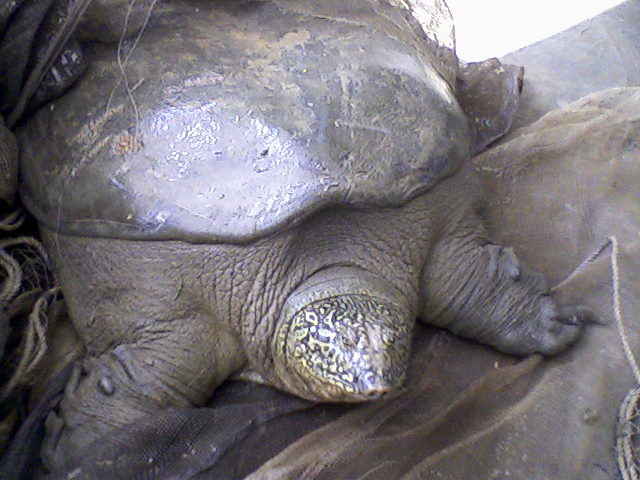
This is one of the rarest turtles in the world—and tragically, it might already be functionally extinct. Only a few individuals remain, and breeding efforts have repeatedly failed. Their massive size and unique biology should’ve made them a conservation icon. Instead, they’ve slipped almost entirely off the map, with no clear path to recovery.
4. Saola

Also called the “Asian unicorn,” the saola is so elusive that scientists barely know how many exist, or if any do. It was only discovered in the ’90s, and now it’s already nearly gone. Pulled toward extinction by habitat loss and poaching snares meant for other animals, the saola’s downfall has happened before we even got to properly understand it.
5. Amur Leopard
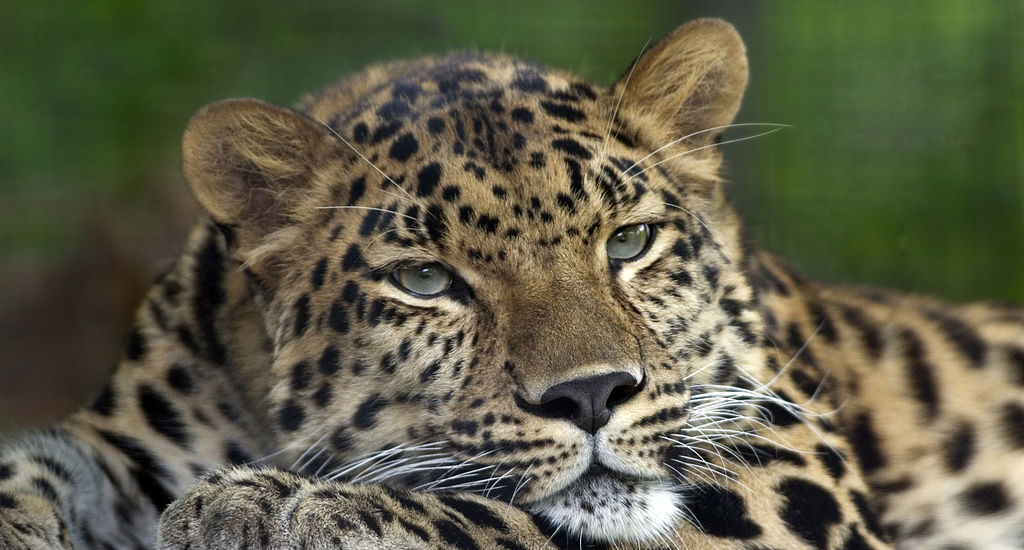
This ghostly big cat prowls the Russian Far East and parts of China, but in such low numbers that it’s one of the world’s rarest leopards. Only around 100 remain in the wild. They’ve faced habitat destruction, hunting, and dwindling prey. For a creature that once roamed vast territories, their decline has been alarmingly steep.
6. Javan Rhino
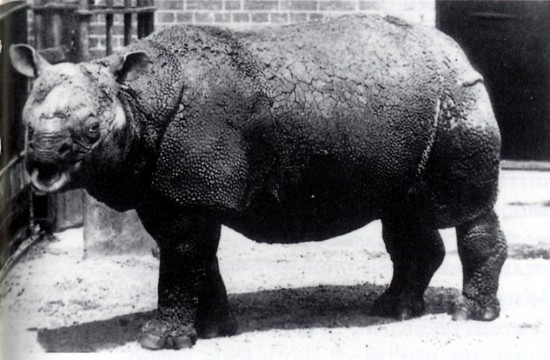
Javan rhinos are down to a single wild population in one Indonesian national park. That’s it. There are no others anywhere on Earth, and they’re hemmed into a tight corner. With no backup population and constant threats from disease, tsunamis, or even human development, the species could disappear with one catastrophic event.
7. Eastern Curlew
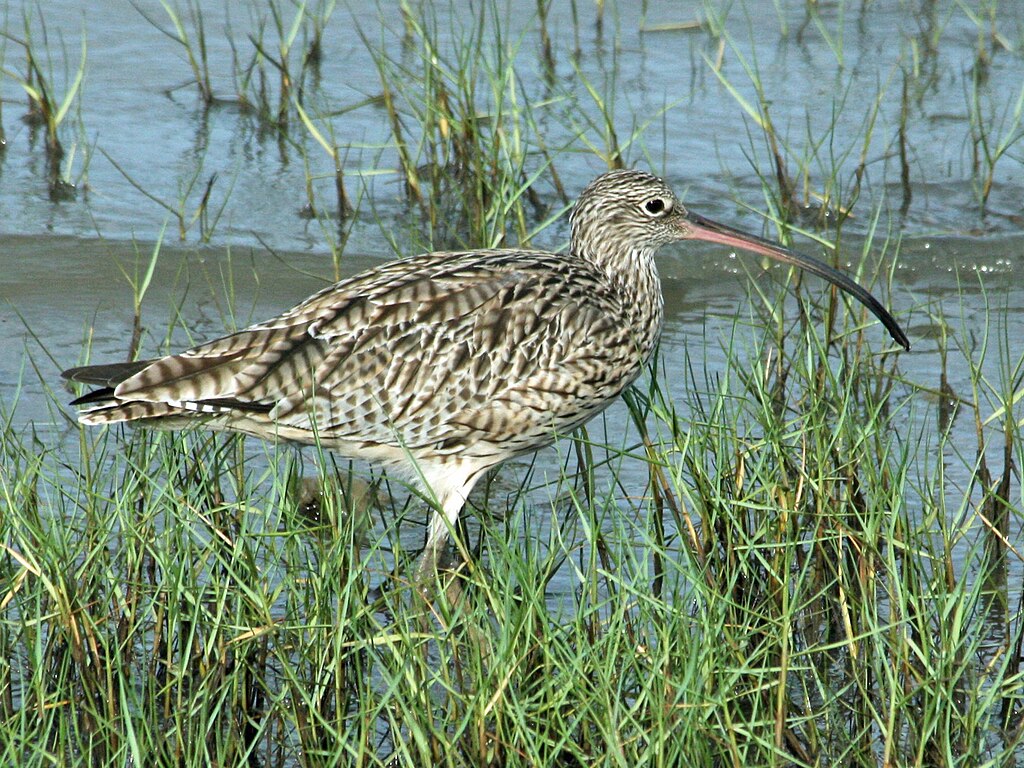
This wading bird makes epic migrations between Australia and East Asia—but its numbers are falling fast due to habitat destruction along its flyway. Wetlands are vanishing, and so are the birds. Its haunting call used to echo across mudflats. Now, silence is creeping in, and with it, the quiet loss of something ancient and irreplaceable.
8. South Philippine Dwarf Kingfisher
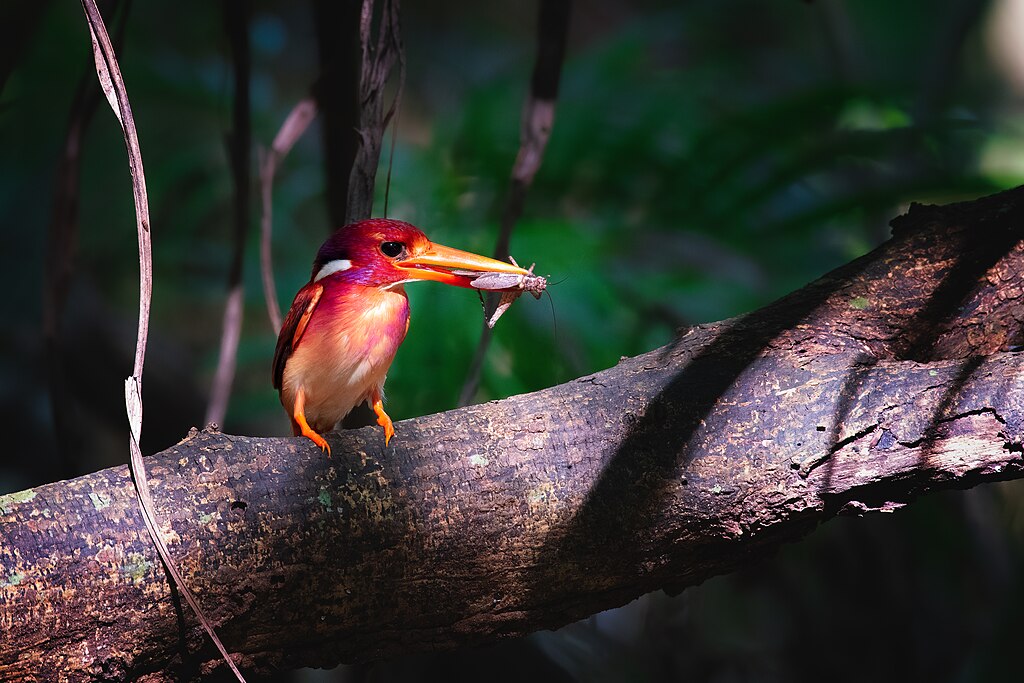
This jewel-toned bird was recently re-documented after decades without a sighting, but it’s still critically endangered. Logging, mining, and forest loss are slashing its range faster than researchers can study it. It’s the kind of bird you’d expect to see in a fairytale—and now, it might only survive in stories if its habitat isn’t urgently protected.
9. Australian Bogong Moth
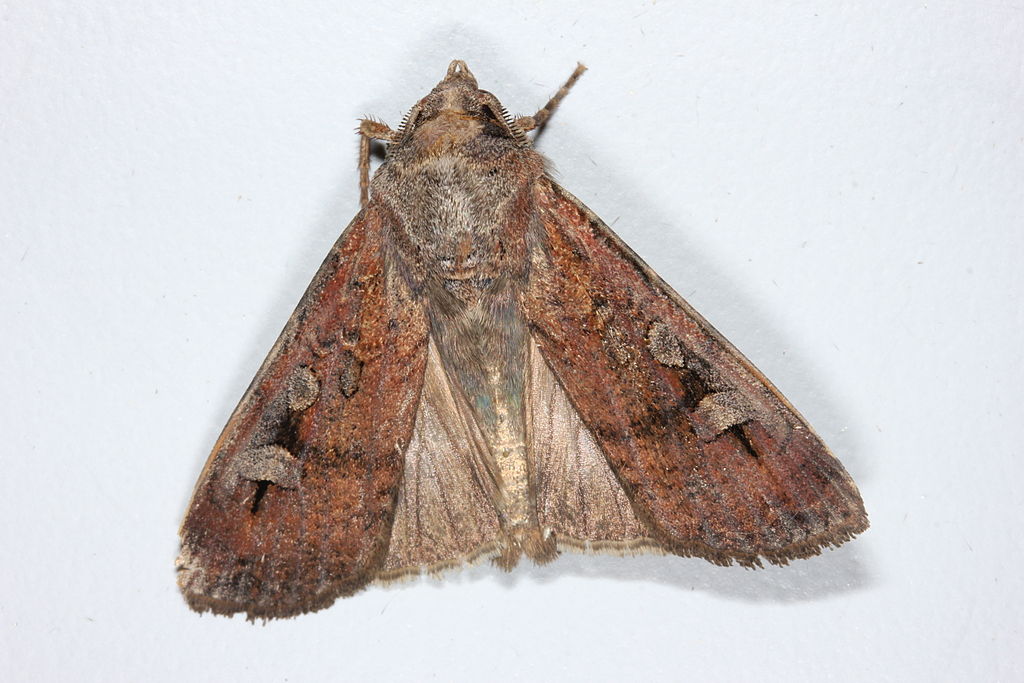
Once so numerous they were a food source for Aboriginal communities, bogong moths have declined by 99% in recent years. Climate change has altered their migration and disrupted their breeding grounds. The sudden drop is startling—proof that even common species can collapse quickly when the conditions shift just enough.
10. Scimitar-Horned Oryx
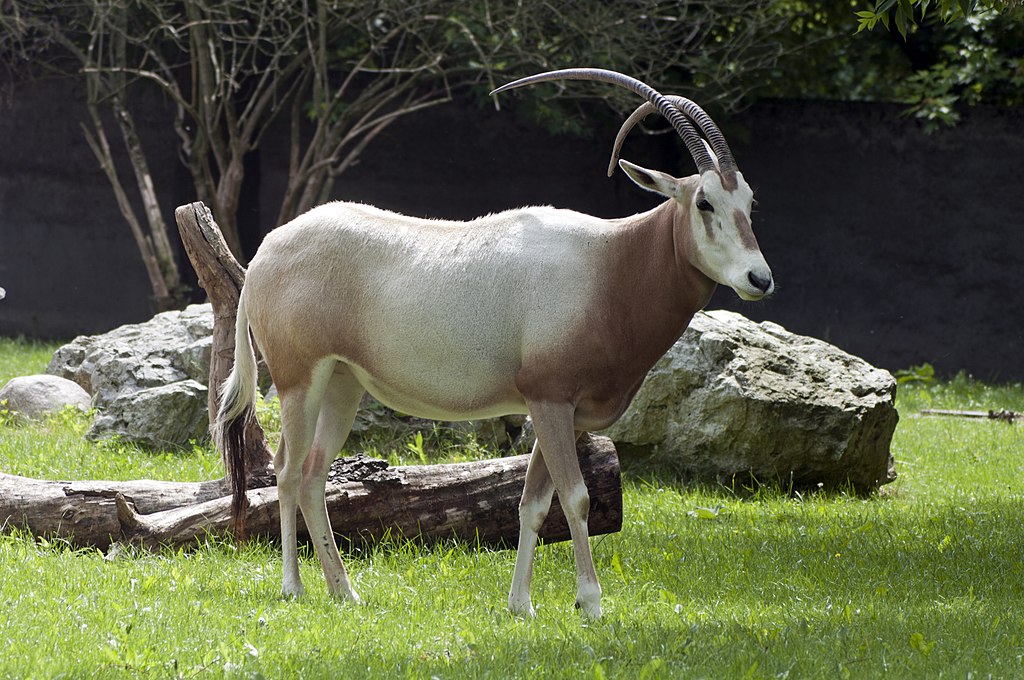
This desert antelope used to roam across North Africa, but it disappeared from the wild in the early 2000s. Only recent reintroduction efforts have brought it back—barely. Their extinction happened shockingly fast, with a mix of hunting, war, and drought doing the damage. Now, we’re trying to reverse a loss that happened almost overnight. Its story is a reminder that extinction doesn’t always wait decades—it can happen in a matter of years if we don’t act fast enough.